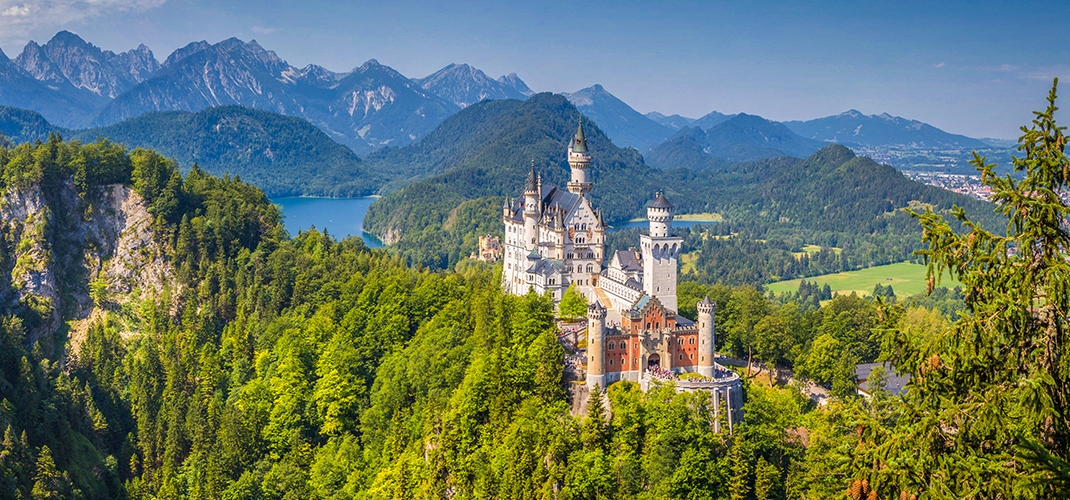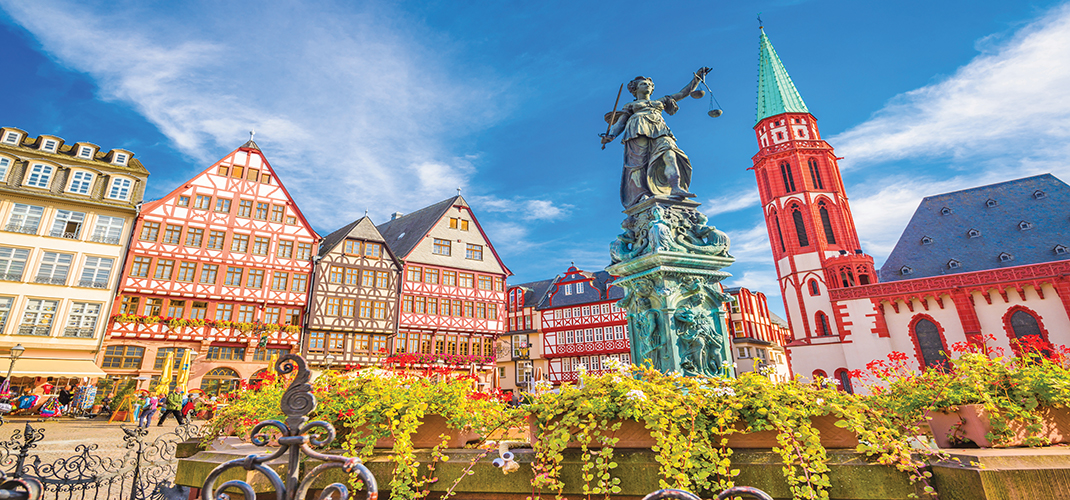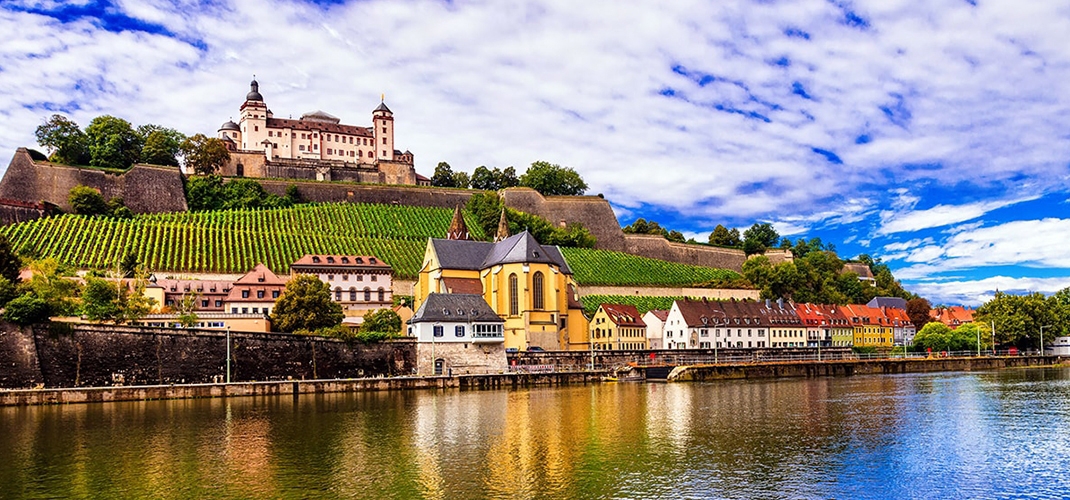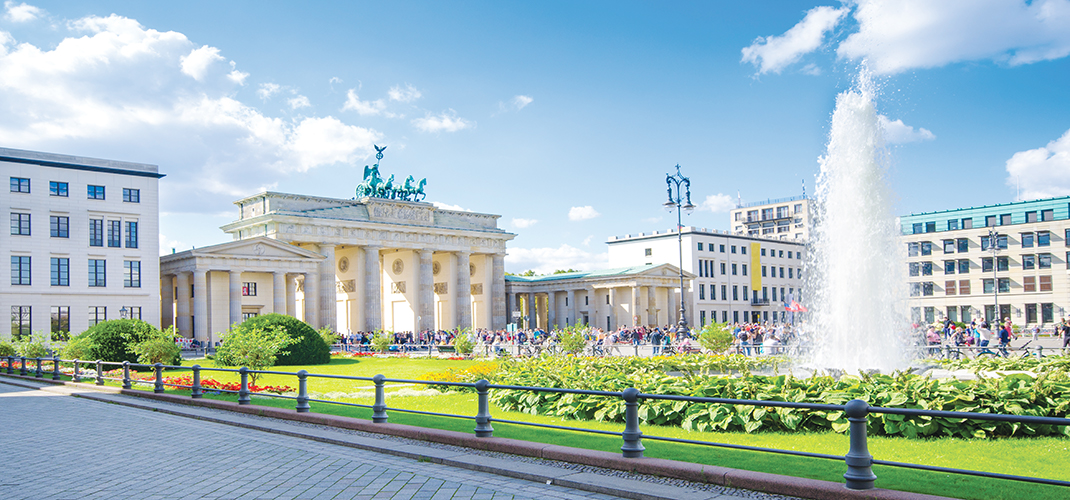Berlin

Berlin has become a popular place to visit due to its cultural panache. After the devastation of WWII, it has rebuilt itself in a way that not only acknowledges its past but celebrates it new identity as a trendy and energetic tourist destination. It is home to the world famous Berlin Opera, Berlin Philharmonic Orchestra and multitude of art galleries and museums.
The most famous historical landmark in Berlin is undoubtably The Brandenburg Gate or known locally as the Brandenburger Tor. It once stood as the symbol for a divided nation but now is a sign of unity and peace.
Another popular place to visit is the Checkpoint Charlie Museum. The museum indicates the best known crossing point between East and West Berlin. This fascinating attraction features numerous displays and artifacts tracing the history of human rights, along with exhibits dealing specifically with the history of the Berlin Wall and Checkpoint Charlie.
The Berlin Wall originated in 1961 when East Germany sealed off half of the city to prevent its citizens from fleeing to West Germany. When it was torn down in 1989, the four metre high wall extended 155 kilometres, dissected 55 streets and possessed 293 observation towers and 57 bunkers. Today, only small stretches of this graffiti covered wall remain, including a 1.4 kilometre stretch preserved as part of the Berlin Wall Memorial. This is a chilling reminder of the animosity that once divided Europe.
The Neo-Renaissance Palace of the Reichstag or Reichstagsgebäude was originally completed in 1894 as the home of the German Empire's Imperial Diet until it burned in 1933. After the reunification of Germany, the building underwent major reconstruction complete with a replacement Dome, the Kuppel, which is made of glass and offers superb views over the surrounding city, especially at night from the Rooftop Restaurant. Since 1999 it stands as the home of the German Parliament.
The DDR Museum offers a sobering look at life in East Berlin under communist rule. Located in the Old Government district, this popular attraction features a variety of hands-on, interactive exhibits related to surveillance and everyday life. Other Museums of interest in the city include the German Historical Museum, a must see for anyone interested in the city’s remarkable history. The Jewish Museum Berlin, established in 2001 to showcase a wide range of historical artifacts and to illustrate the long history and struggle of Jewish Germans from the Middle Ages to the present. The German Museum of Technology, established in 1983 to celebrate the country’s industrial and technological expertise.
The Memorial to the Murdered Jews of Europe is a remarkable testament to the people of Germany and their commitment to never turn a blind eye to the atrocities of the past. The Memorial, also known as the Holocaust Memorial, is another Berlin landmark that attracts tourists from all over the world.
The 17th Century Charlottenburg Palace and Park is Berlin’s oldest and largest Prussian Estate and was home to German Royalty for decades. This huge Palace has many extraordinary features, including a massive central dome, opulent Baroque and Rococo décor throughout its expansive rooms and a large garden that was inspired by the gardens at Versailles.
The Berliner Fernsehturm (Berlin's Television Tower) opened in 1970, it is Europe’s third tallest freestanding structure and has attracted well over 60+ million visitors, many drawn by the spectacular views over Berlin that can be seen from observation deck.
Situated between the River Spree and the Kupfergraben in a 400 metre long canal, is Spree Island, better known as Museum Island, it is one of the city's most important UNESCO World Heritage Sites. Here, you will find many of the city's oldest and most important museums, including the Old Museum (Altes Museum), that houses the Crown Jewels and other Royal treasures. The New Museum (Neues Museum) serving as the home of extensive collections from the Egyptian Museum, the Papyrus Collection and the Collection of Classical Antiquities. The Old National Gallery (Alte Nationalgalerie) displays Neoclassical sculpture and paintings from 1815-1848, as well as Impressionist and early Modernist pieces. The Bode Museum houses a collection of Byzantine art, as well as a large sculpture collection spanning from medieval times to the late 1700's. The city's most popular Museum is the Pergamon featuring a Museum of Islamic Art, the Ishtar Gate and reconstructed historic buildings from the Middle East. The newest museum is the Humboldt Forum, which houses the Ethnological Museum of Berlin and the Museum of Asian Art. Also located on the Island next to the Lustgarten, is the Berlin Cathedral (Berliner Dom) one of the most imposing buildings thanks to its 75 metre high dome.
The picturesque 17th Century Gendarmenmarkt is one of Berlin's largest squares and dominated by three historic landmark buildings: the Konzerthaus, the French Cathedral (Französischer Dom) and the German Cathedral (Deutscher Dom). Another well-known square is Alexanderplatz, once the centre of East Berlin life it is now home to the World Time Clock, a popular meeting place. The pedestrian friendly Nikolai Quarter is in the heart of the Old City, home to restaurants, cafés and shops, along with craft workshops selling everything from basketry to wooden crafts. The Kurfürstendamm would have to be one of the most famous avenues in Berlin. This long Boulevard is normally considered the Champs-Élysées of Berlin, lined with shops, houses, hotels and restaurants. There is so much to see and do in Berlin it will surprise you!





